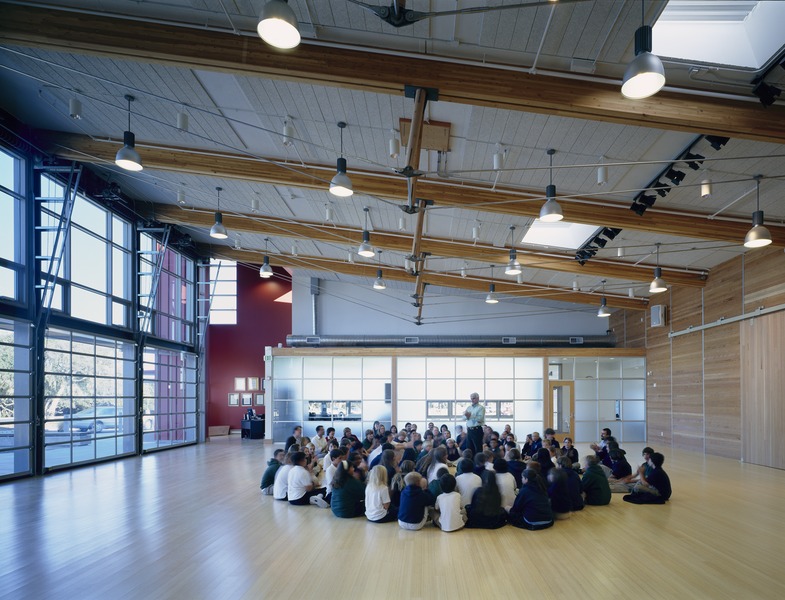Code Green Solutions


USGBC began to explore the connections between green buildings, health, and human rights in 2013, when it offered initial findings and encouraged further research in a report from the Summit on Green Building and Human Health. Those links recently received strong legal support in a groundbreaking article published in Journal of Human Rights and the Environment.
The legal argument hinges on the concept of environmental rights, which are legal provisions guaranteeing individuals a certain level of environmental quality.[1] The idea of environmental rights is not new; it emerged in 1972 with the signing of the Stockholm Declaration, an international agreement which reads: “[b]oth aspects of man’s environment, the natural and the man-made, are essential to his well-being and to the enjoyment of basic human rights—even the right to life itself.” Since their inception, environmental rights have been formally adopted in the constitutions of at least 75 countries and they appear in a number of international declarations and regional human rights treaties.[2] Yet, for the most part, environmental rights have been primarily used in cases where human rights have been threatened by harms present in the natural environment. Drawing on cases, constitutions, and laws from around the world, however, this new article argues that environmental rights should apply to both the natural and built environments.
The article stipulates that human rights to the environment, health, housing, and water and sanitation are all affected by indoor environmental quality (IEQ). A review of domestic cases, international law, and scientific evidence demonstrates that IEQ is crucial to the protection of human rights within the built environment. For example, poor indoor air quality has been shown to negatively affect human health.[3] Therefore, one cannot enjoy the inalienable human rights to which all are entitled in places where IEQ is compromised.
A practical solution to preventing exposure to poor IEQ lies in green buildings. Green buildings are specifically designed to optimize IEQ and perform better than conventional buildings in this area. LEED in particular places significant emphasis on IEQ, with credits and mandatory prerequisites devised to address one or more attributes of IEQ: indoor air quality, temperature, humidity, ventilation, lighting, acoustics, and ergonomic design/safety. Thus, LEED buildings are designed to directly and positively impact the environment, health, housing, and water and sanitation through measures created with the explicit purpose of enhancing IEQ.
By extending the purview of environmental rights from the outside to the indoors, the article provides a compelling legal basis for arguing that IEQ is essential to safeguarding human rights. In addition, because of its deliberate focus on maximizing IEQ, it suggests that green building can be an important tool that governments and the private sector use to protect human rights around the world. Establishing this connection on legal grounds also lends additional support to the USGBC’s move to incorporate social equity credits into LEED. But more opportunities to address the social dimension of sustainability in the built environment loom on the horizon.
Future research should examine how specific IEQ interventions contribute directly to improvements in health, especially among vulnerable communities. Policymakers should identify ways to provide low-income residents with quality green housing options. Thus, this article contributes to a growing body of evidence demonstrating not only that green buildings can help improve human rights performance in spaces where most people spend most of their time, but also that green buildings offer a concrete means of obtaining environmental justice.
###
[1] Gellers, Joshua C. 2015. Explaining the Emergence of Constitutional Environmental Rights: A Global Quantitative Analysis. Journal of Human Rights and the Environment. 6(1): 75.
[2] May, James R., & Daly, Erin. 2015. Global Environmental Constitutionalism. Cambridge University Press.
[3] Singh, Amanjeet, and others. 2010. Effects of Green Buildings on Employee Health and Productivity. American Journal of Public Health. 100(1665): e1.